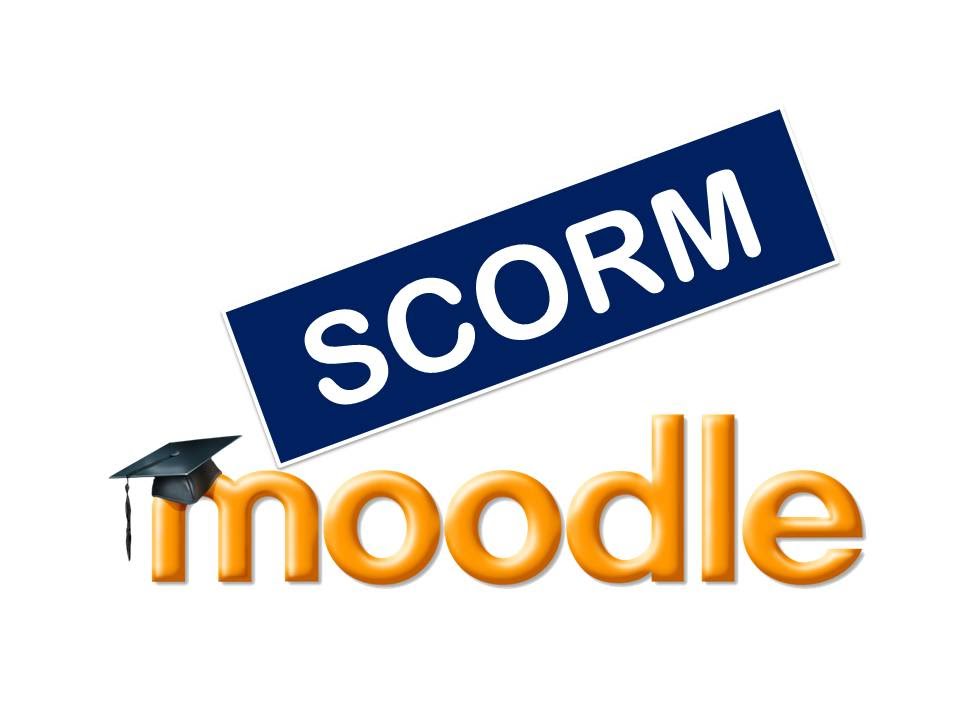If you’re using Moodle LMS, chances are you’ve come across the term SCORM. SCORM (Sharable Content Object Reference Model) is a standard that allows e-learning content to work seamlessly across different Learning Management Systems.
Whether you’ve created your course in tools like Articulate Storyline, iSpring, or Adobe Captivate, you’ll need to upload your SCORM package to Moodle to make it available for learners.
This step-by-step guide explains how to upload SCORM to Moodle efficiently — even if you’re new to LMS administration.
1. What Is a SCORM Package?
Before uploading, let’s clarify what a SCORM package actually is.
A SCORM package is a compressed ZIP file that contains your entire e-learning course — including HTML files, media, quizzes, and configuration data. Moodle reads this ZIP file to track progress, scores, and completion.
Typical file name example:
my_course_lesson1.zip
So, if you’ve just exported your course from an authoring tool, make sure you don’t unzip it — Moodle needs the ZIP file format.
2. Prepare Your SCORM File for Upload
Before you upload, double-check:
- The package is in ZIP format.
- The manifest file (imsmanifest.xml) exists inside the ZIP.
- The course was published using SCORM 1.2 or SCORM 2004 (both are supported by Moodle).
If you’re not sure which version you used, open your authoring tool’s export settings and confirm.
3. Log in to Moodle as an Admin or Teacher
Only users with editing rights can upload SCORM packages.
- Log in to your Moodle dashboard.
- Navigate to the course where you want to add the SCORM activity.
- Turn on Edit mode (you’ll see the toggle in the top-right corner).
4. Add a New SCORM Activity
Here’s how to add your SCORM package:
- Click “Add an activity or resource” in the desired course section.
- Choose SCORM package from the list.
- Click Add to open the activity setup page.
This page allows you to name your activity, upload your SCORM file, and set grading or completion rules.
5. Upload the SCORM ZIP File
Under the Package file section:
- Click the Add file icon (a document with a plus sign).
- Choose Upload a file.
- Browse your computer for the SCORM ZIP file.
- Click Upload this file.
Once uploaded, Moodle will automatically recognize the SCORM structure.
6. Adjust Display and Tracking Settings
Before saving, customize how learners interact with your SCORM activity:
Display options:
- Embed in page
- Open in a new window
- Popup mode (good for full-screen viewing)
Tracking options:
- Enable “Student can attempt” multiple times if you allow retakes.
- Set completion tracking based on either viewing, score, or passing a quiz.
- Adjust grading method — highest, average, first, or last attempt.
These settings help Moodle record accurate completion data and learner scores.
7. Save and Preview the SCORM Course
Click Save and return to course or Save and display to test the upload.
Now you can:
- Launch the course as a test user.
- Verify that progress tracking, navigation, and quizzes work correctly.
- Review completion status in Reports → Activity Completion.
If something isn’t displaying correctly, check your authoring tool’s export settings (sometimes pop-ups or navigation settings need adjustment).
8. Troubleshooting Common SCORM Upload Issues
If your SCORM file doesn’t open properly:
- Ensure you uploaded the ZIP file, not extracted files.
- Re-export from your authoring tool using SCORM 1.2.
- Check if JavaScript tracking is enabled (for quiz reporting).
- Use Moodle’s built-in SCORM Debugging Mode under “Reports” for detailed logs.
Conclusion: Upload Once, Teach Many
Uploading SCORM packages to Moodle is simple once you understand the process. You just prepare your ZIP file, upload it as a SCORM activity, and set your tracking preferences.
With SCORM integration, Moodle can automatically track scores, time spent, and completion rates — saving educators hours of manual work.
Start today: export your course as SCORM, upload it to Moodle, and make your learning experience seamless and trackable.

